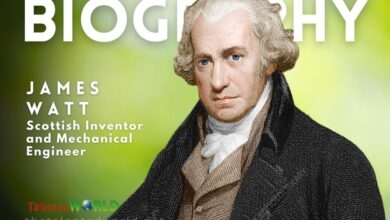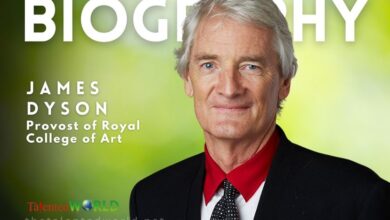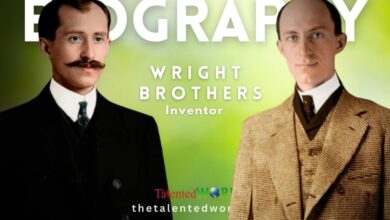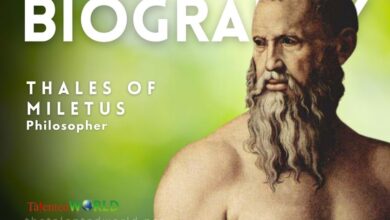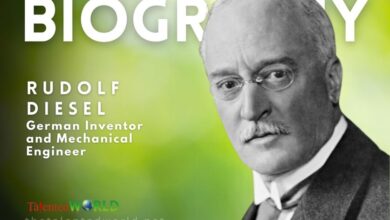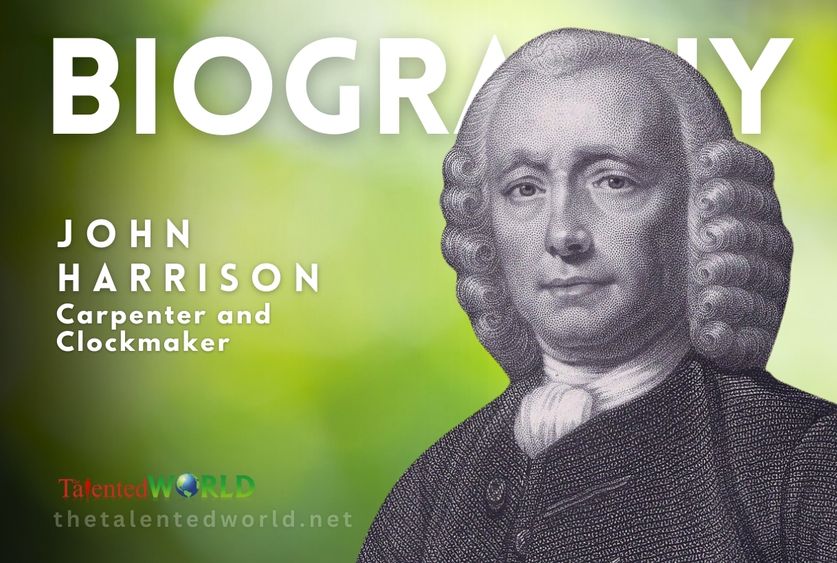
Quick Facts
| Category | Information |
|---|---|
| Full Name | John Harrison |
| Date of Birth | 3 April [O.S. 24 March] 1693 |
| Place of Birth | Foulby, Wakefield, West Riding of Yorkshire, England |
| Date of Death | 24 March 1776 |
| Place of Death | London, England |
| Nationality | English |
| Known for | – Inventing the marine chronometer – Revolutionizing navigation |
| Awards | – Copley Medal (1749) – Longitude rewards (1737 & 1773) |
| Fields | Horology & Carpentry |
| Early Life | – Born in Foulby, West Riding of Yorkshire – Moved to Barrow upon Humber around 1700 – Started building and repairing clocks in his spare time – Built his first longcase clock in 1713 – Married Elizabeth Barret in 1718, then Elizabeth Scott in 1726 – Commissioned to make a new turret clock at Brocklesby Park in the early 1720s – Developed the grid-iron pendulum and grasshopper escapement during this period |

